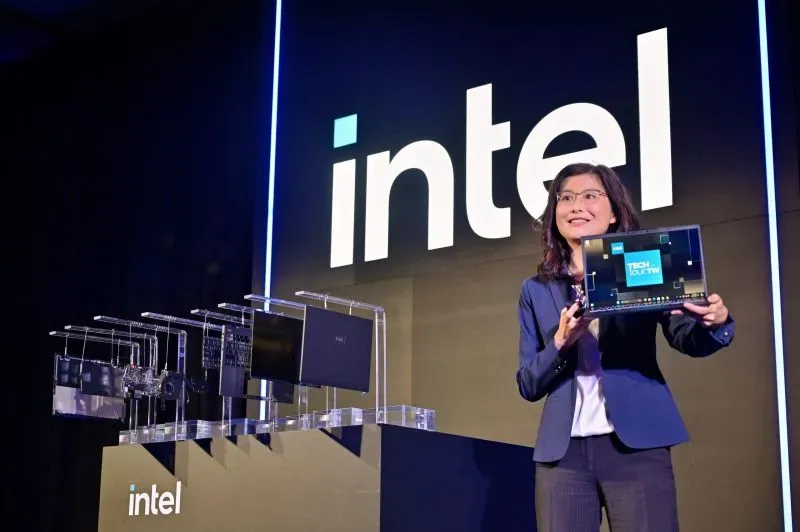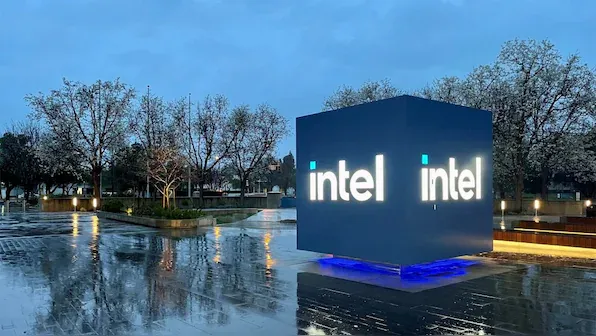In the ever-evolving landscape of the CPU market, the battle for supremacy between industry giants Intel and AMD continues to shape the technological landscape.
The latest insights from Mercury Research shed light on the intriguing dynamics at play, revealing a nuanced story of gains and losses for both companies across different segments.
Intel's Triumph in the PC Arena
In the realm of personal computing, Intel has staged a remarkable comeback, reclaiming lost ground and solidifying its dominance. Despite facing stiff competition from AMD, Intel's share of the x86 CPU market in PCs surged to 82.7 percent, marking a significant 6.4-point increase from the previous year.
Dean McCarron, principal analyst at Mercury Research, attributes Intel's remarkable year-on-year share gain to the surge in demand for Chromebooks, which have witnessed a resurgence in recent quarters.
Meanwhile, AMD's x86 market share in the PC segment experienced only marginal growth, reflecting the intense competition in this space. Despite AMD's efforts to capture market share with its Ryzen lineup, Intel's stronghold in the PC market remains unshakeable, buoyed by its extensive product portfolio and brand recognition.

AMD's Triumph in the Server Realm
While Intel celebrated its gains in the PC arena, AMD emerged as the victor in the fiercely contested server segment. AMD's share of the x86 CPU market in servers witnessed a substantial increase, climbing by 4.6 points year-on-year to reach 18.6 percent, posing a formidable challenge to Intel's dominance in this domain.
Dean McCarron notes that both Intel and AMD saw increases in their higher-end data center-oriented processors during the second quarter.
However, Intel's loss of market share can be attributed to lower shipments for single-socket Xeon processors and CPUs optimized for networking and storage workloads. This indicates a shifting landscape in the server market, with AMD gaining ground at Intel's expense.
The Intricacies of Market Dynamics
Behind the headline figures lie a complex interplay of factors shaping the CPU market dynamics. McCarron points out that the recent movements in market share are reflective of Intel and AMD's differing inventory corrections, rather than actual sales to end customers.
Moreover, the surge in demand for Chromebooks, particularly in educational settings, has contributed to the growth of Intel's market share in the PC segment. Erik Stromquist, CEO of CTL, a ChromeOS device vendor, attests to the increased demand for Chromebooks, driven by the need to replace aging devices procured during the COVID-19 pandemic.
While CTL primarily relies on Intel CPUs for its ChromeOS devices, the company has also begun integrating Arm-based CPUs from MediaTek, signaling a diversification in its product offerings.
Looking Ahead: Implications and Opportunities
As Intel regains lost ground in the PC arena and AMD consolidates its position in the server market, the CPU landscape is poised for further evolution.
The ongoing rivalry between these industry titans promises to spur innovation and drive technological advancements, benefiting consumers and businesses alike.
For Intel, maintaining its dominance in the PC segment while fending off competition from AMD remains a top priority. Meanwhile, AMD seeks to capitalize on its momentum in the server segment and expand its footprint in other domains, leveraging its technological expertise and customer-centric approach.







